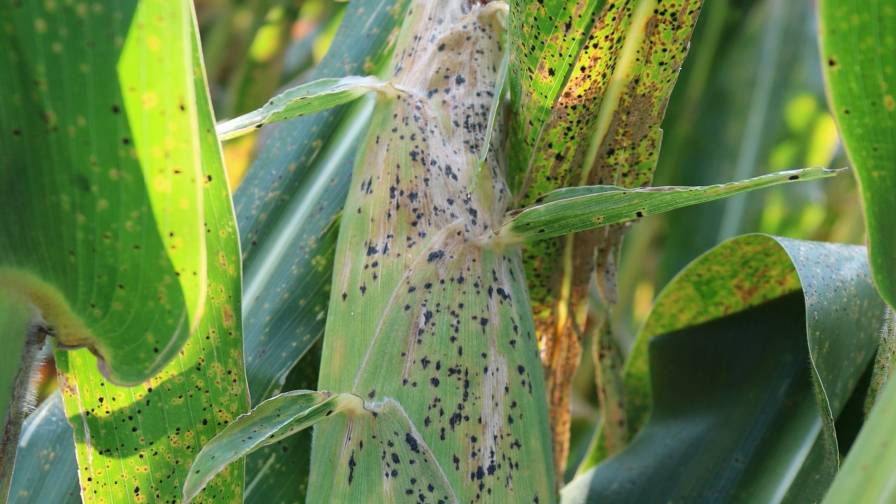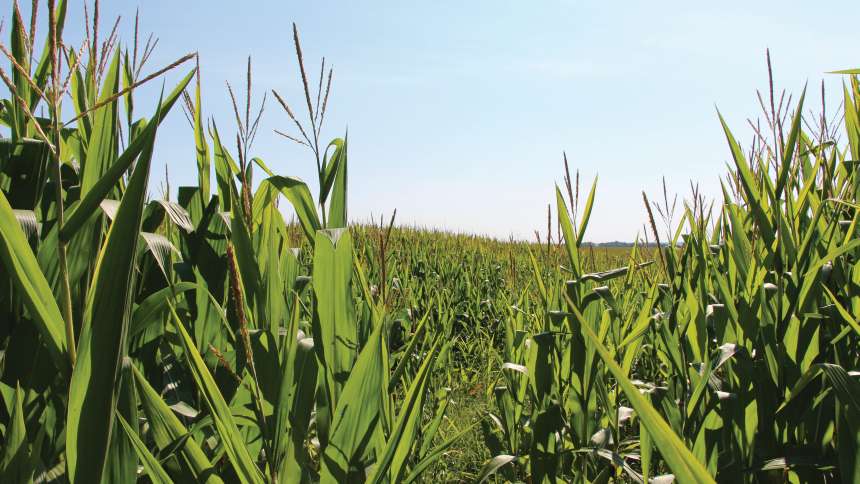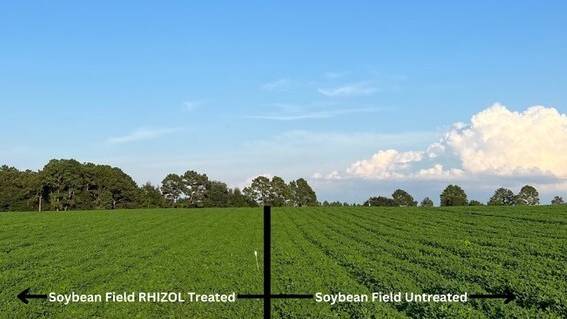Factors To Consider When Placing Fertilizer With Seed
Placing fertilizer in-furrow with the seed during planting is a common practice in small grain production and to some extent in row crop production. Placing fertilizer with the seed can be an effective and beneficial management practice, but over application and mismanagement can result in seedling damage, and ultimate stand and yield loss, says Dr. Mike Stewart, Southern and Central Great Plains Director, International Plant Nutrition Institute. The type of crop, fertilizer source, row spacing, and soil environment all affect how much fertilizer can be safely applied with seed.
Type of crop: Some crops are more susceptible to injury from in-furrow fertilization than others. Oil seed crops are particularly sensitive; therefore most guidelines allow no fertilizer placed with the seed of these crops. The general order of sensitively (most to least) among major Great Plains crops is soybeans > sorghum > corn > small grains.
Type of fertilizer: Fertilizers are salts, and these salts can affect the ability of the seedling to absorb water… too much fertilizer (salt) and seedling desiccation or “burn” can occur. Some fertilizer materials have a higher salt index or burn potential than others. Salt index values are usually included in basic agronomic texts, or are available from fertilizer dealers or extension resources. As a general rule, most common N and K fertilizers have higher salt indexes than P fertilizers; therefore, a common predictor for the potential for salt damage is the sum of N+K2O per acre applied with the seed. For example, most guidelines for corn in 30 inch rows will allow for no more than 10 lb/A of N+K2O in medium to fine textured soils — assuming no urea-containing products are used.
Ammonia formation potential of fertilizer: Fertilizers that have the potential to release free ammonia can cause ammonia toxicity to germinating seeds or young emerging seedlings. Thus, extra caution must be used with in-furrow placement of urea-containing fertilizers. In some cases urea-ammonium nitrate (UAN) or urea can be applied successfully in-furrow in small grain production, but this requires careful consideration of several factors including those discussed below.
Row spacing: For a specific set of circumstances (i.e. crop, soil conditions, etc.) the safe rate of in-furrow fertilizer increases as row spacing narrows or decreases. A narrowing row space has the effect of diluting fertilizer over more linear feet of row.
Soil type and environment: Soil conditions that tend to concentrate salts, or stress the germinating seed, increase the potential for damage. So, the safe limit for in-furrow fertilization is reduced with sandier soil texture and in drier soil conditions. Also, environmental conditions that induce stress and/or slow germination (e.g. cold temperature) can prolong fertilizer-seed contact and thus increase the likelihood of damage.
Seed bed utilization: The more scatter there is between seed and fertilizer in the seed band or row, the more fertilizer can be safely applied. The type of planting equipment and seed opener influences the intimacy of seed-fertilizer contact. The concept of “seed bed utilization” has been used to address this factor. SBU is simply the seed row width divided by the row width (i.e., proportion of row width occupied by seed row). The wider the seed row for a specific row width the greater the SBU. As SBU increases so does the safe rate of in-furrow fertilization.
The information presented here is mostly general and conceptual. For more specific information regarding safe rates of in-furrow fertilization for specific crops and conditions, one should refer to university extension resources, and/or consult a knowledgeable and experienced crop advisor or industry professional. Also, an Excel decision support tool is available on the IPNI Website.






